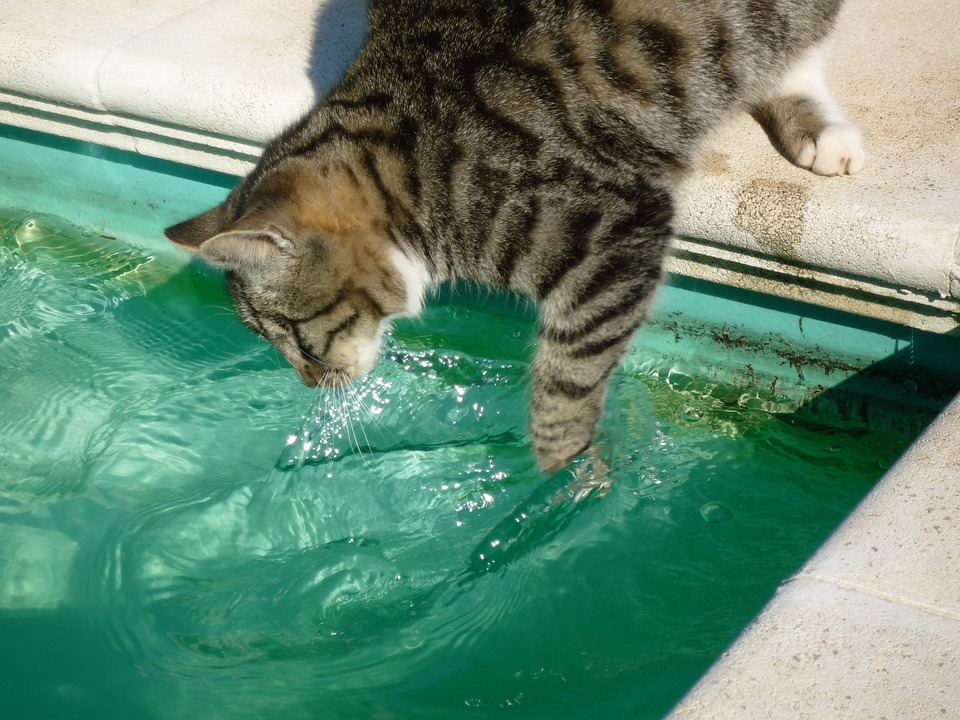Owning a fish tank can be a wonderful experience, but it’s important to understand the signs of fish tank distress to ensure the well-being of your aquatic friends. In this article, we will explore common indicators of fish tank distress, provide guidance on providing appropriate care, and answer some frequently asked questions to help you maintain a healthy and happy environment for your fish.
One of the first signs of fish tank distress is abnormal behavior. If you notice your fish becoming lethargic, constantly hiding or seeking shelter, displaying aggressive behavior towards other fish, or gasping for air at the water’s surface, these can be indications that something is wrong.
Physical abnormalities in your fish can also be a sign of distress. Look out for faded or discolored skin, tattered or frayed fins, visible wounds or sores, and bulging eyes or abnormal swelling. These physical signs may suggest underlying health issues that need to be addressed.
Water quality issues can also cause distress to your fish. Cloudy or murky water, an unpleasant odor, excessive algae growth, and abnormal pH levels or fluctuations can all indicate poor water quality. It’s important to regularly test your water parameters such as pH, ammonia, nitrite, and nitrate levels to ensure they are within the optimal range for your specific fish species.
Unusual eating habits can also be a sign of fish tank distress. Loss of appetite, overeating or constantly begging for food, spitting out or ignoring food, and frequent regurgitation can all indicate that your fish are not feeling well.
To provide appropriate care for distressed fish, there are several steps you can take. Regular water testing is crucial to monitor and maintain optimal water parameters. Use reliable testing kits and adjust levels as necessary for your specific fish species.
Proper filtration is also important to keep the water clean and clear. Choose a filtration system that is suitable for your tank size and fish population, and regularly clean or replace the filter media to prevent clogging.
Monitoring and controlling water temperature is essential for fish health. Invest in a reliable aquarium heater and thermometer to ensure the water temperature stays within the preferred range for your fish species.
Adequate oxygen levels are vital for fish survival. Provide proper aeration through air stones, pumps, or surface agitation, and avoid overcrowding the tank as it reduces oxygen availability.
Maintaining a consistent feeding routine is also important. Offer a balanced diet suitable for your fish species, feed appropriate amounts, and remove any uneaten food promptly to prevent water contamination.
Regular tank maintenance is necessary to keep your fish tank in good condition. Perform partial water changes to maintain water quality, clean the tank walls, decorations, and substrate regularly, and keep an eye on algae growth, taking necessary measures to control it.
Here are some frequently asked questions about fish care:
Q1: How often should I test the water parameters in my fish tank?
A1: It is recommended to test the water parameters at least once a week for established tanks. For newly set up tanks, test the water daily or every other day until the tank stabilizes.
Q2: Can I use tap water directly in my fish tank?
A2: Tap water may contain harmful chemicals like chlorine or chloramine. Treat tap water with a dechlorinator to make it safe for your fish before adding it to the tank.
Q3: What should I do if my fish shows signs of illness?
A3: Isolate the affected fish in a quarantine tank to prevent the spread of disease. Research the symptoms and consult a veterinarian or experienced aquarist to determine the appropriate treatment.
Q4: How can I reduce algae growth in my fish tank?
A4: Ensure appropriate lighting duration, avoid excess nutrients, and consider introducing algae-eating fish or species that consume algae (e.g., snails or shrimp). Regular tank maintenance, including cleaning and water changes, can also help control algae growth.
In conclusion, by recognizing the signs of fish tank distress and providing appropriate care, you can create a healthy and thriving environment for your aquatic pets. Remember to monitor water quality, maintain ideal conditions, and promptly address any signs of distress to ensure the well-being of your fish. Regular maintenance and informed decision-making will lead to a vibrant and enjoyable fish tank experience.









